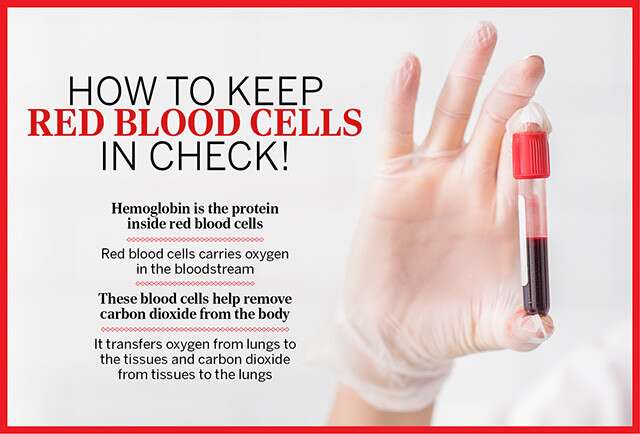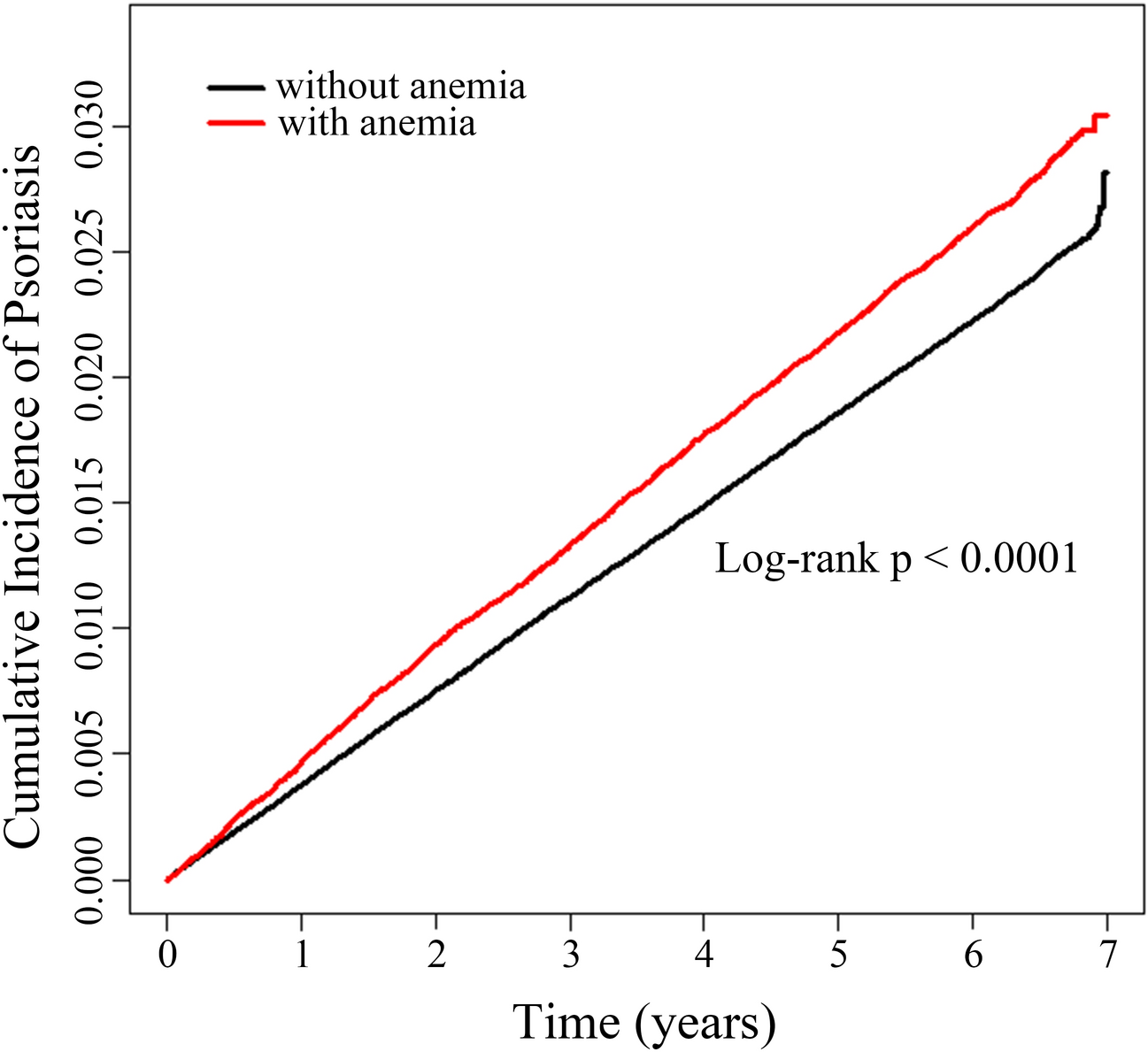
Moreover, growing evidence has shown that endothelial function assessed by FMD and vascular smooth muscle function assessed by NID can serve as independent predictors of cardiovascular events 10, 11, 12. Measurement of FMD reflects the response to the release of nitric oxide (NO). Recently, flow-mediated vasodilation (FMD) as an index of endothelium-dependent vasodilation and nitroglycerin-induced vasodilation (NID) and an index of endothelium-independent vasodilation have been widely used as methods for assessment of endothelial function and vascular smooth muscle function, respectively 8, 9.

However, there is no information on the associations of Hct, Hb and RBCs with vascular function and vascular structure.Įndothelial dysfunction is the initial step of atherosclerosis and leading to the development and progression of this condition 6, 7.

showed that high blood viscosity was associated with increased carotid intima-media thickness (IMT) 5. It is thought that changes in blood viscosity and oxygen delivery dynamics alter vascular function and structure. It is well known that Hct and Hb levels are major determinants of blood viscosity and oxygen delivery dynamics. The relationship between a low Hct level and cardiovascular disease is controversial 1, 3, 4. On the other hand, J- or U-shaped relations between Hct and morbidity and mortality from cardiovascular events have been shown 1. A high Hct level has been shown to be associated with an increased risk of cardiovascular disease 1, 2, 3. Hematocrit (Hct), the volume percentage of red blood cells (RBCs) in total blood, and hemoglobin (Hb) are associated with a risk of cardiovascular disease. Increases in the levels of Hct, Hb and RBCs within normal ranges may have beneficial effects on the vasculature. Low and high levels of Hct, Hb and RBCs were associated with vascular smooth muscle dysfunction, and low Hct levels were associated with abnormal vascular structure. Similar results were obtained for Hb and RBCs. Adjusted odds ratio of being in the low tertile of brachial IMT was significantly lower in the < 39.9% Hct groups. The adjusted odds ratio of being in the low tertile of NID was significantly higher in the < 42.9% and ≥ 49.0% Hct groups. We used 46.0–48.9% Hct as a reference to define the lower tertile. There were no significant differences in FMD and baPWV among the six groups. Brachial IMT was lowest in the 46.0–48.9% Hct group among the six groups. NID was highest in the 46.0–48.9% Hct group among the six groups according to Hct levels. The subjects were divided into six groups according to the levels of Hct, Hb and RBCs.

We measured flow-mediated vasodilation (FMD), nitroglycerin-induced vasodilation (NID), brachial intima media thickness (IMT), and brachial-ankle pulse wave velocity (baPWV) in 807 men. The purpose of this study was to determine the relationships of Hct, Hb and red blood cells (RBCs) with vascular function and structure. High and low hematocrit (Hct) and hemoglobin (Hb) levels are associated with the risk of cardiovascular disease.


 0 kommentar(er)
0 kommentar(er)
